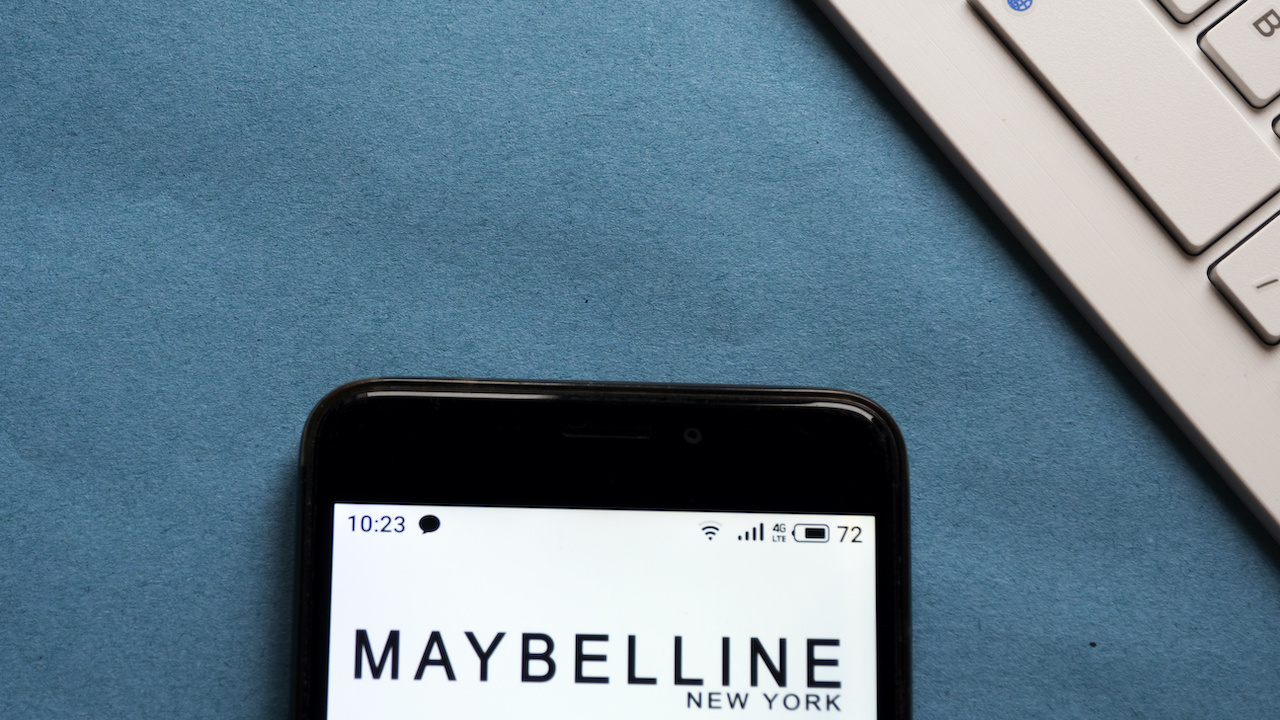Exploring the World of Faux Out-of-Home Advertising: A New Era of Marketing Buzz
The era of faux out-of-home advertising is upon us, with hyper-realistic, augmented reality, and CGI-based digital ads making waves in the marketing world. From giant Maybelline mascara tube-shaped buses roaming the streets of NYC to holograms of giant Barbies breaking out of their boxes in Dubai, brands are using faux OOH to create buzz and stand out in a crowded online marketplace.
Maybelline, in collaboration with animator Ian Padgham, has been at the forefront of this trend, creating surreal and eye-catching activations to promote its new mascara product. The company’s VP of marketing, Fernando Febres, explains that the purpose of these activations is to disrupt the environment and get people talking, blurring the lines between reality and fantasy.
Agency executives see faux OOH as the future of augmented and virtual reality marketing, offering limitless advertising possibilities without the constraints of physical locations or production costs. Leslie Lee, senior VP of marketing at Vistar Media, notes that faux OOH expands reach far beyond traditional OOH, reaching online audiences worldwide.
As accessibility to AR and VR technology increases, advertisers are getting more creative with OOH ads, leveraging mixed reality experiences to engage consumers. However, ethical considerations remain murky, as faux OOH operates in a gray area that can cause confusion or unintended harm. Brands must be careful to ensure their activations do not violate ethical practices or mislead consumers.
Despite these concerns, the Maybelline team remains undeterred, embracing the excitement and confusion generated by their surreal activations. As long as the surprises keep coming, they plan to continue pushing the boundaries of faux OOH advertising. The future of marketing is here, and it’s stranger and more captivating than ever before.
